Shoe shine stands (“boleadores“) are one of the most traditional forms of street vending furniture that can still be found in many towns and cities across Mexico.
A perch for the shoe shine ritual
There exist various types of shoe shine kiosks, although the most common are larger fixtures featuring a canvas roof, an upholstered seat and metal foot-rests.
The seat is set up above the stand requiring a small climb to settle into, and due to this prominence customers need to cast-off any inhibitions they might harbor being perched for passers-by to see while their footwear is duly tended.
The people serving customers at these stands are almost always men —you might very occasionally see a woman— who tend their pitch day-in, day-out, six days a week. If you live in Mexico, you’ll come to recognize them as regular constituents of your local neighborhood.
The customers who use this service are most often men, too. Mexican women don’t, as a rule, patronize these purveyors of footwear maintenance. From time-to-time you might see female foreign tourists using them, usually younger women who also combine the novelty with a ‘selfie’ photo opportunity, swiftly followed by an instant upload to their social media feed.
The ritualistic shoe wash and shine
Just below the footrests, the attendant’s tools and materials box stores an assortment of brushes as well as pots and other vessels storing an ample selection of paints, waxes, and the shoe shiner’s detergent of choice—a tub of pumpkin soap, jabón de calabaza. Every ritual begins with a shoe wash, which is undertaken using this mild and natural detergent ideal for cleaning any type of footwear.
With the street dust dispatched, the attendant embarks upon a carefully orchestrated sequence of waxing, painting, and polishing routines which conclude with a brisk brush-over and the final touch for shine—a leather chamois drawn tightly and snapped around each shoe.
The entire ritual takes only a few minutes and the precise fee is discretionary, although $30-$50 pesos —perhaps depending on how well-heeled you’re feeling— would be considered reasonable.
Mexico in your inbox
Our free newsletter about Mexico brings you a monthly round-up of recently published stories and opportunities, as well as gems from our archives.

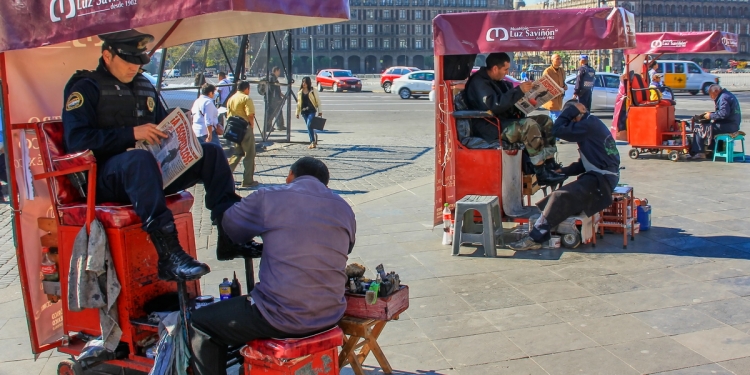
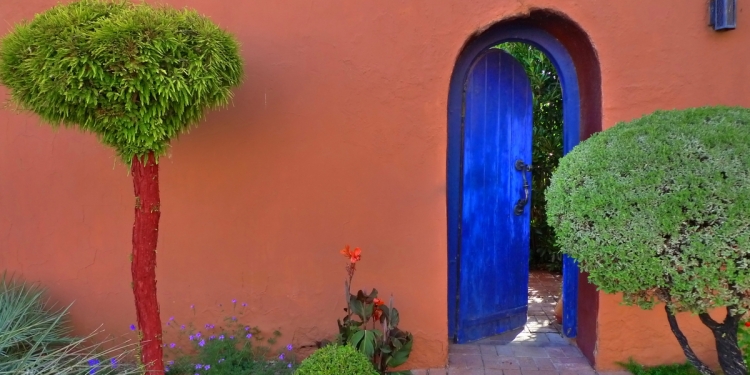
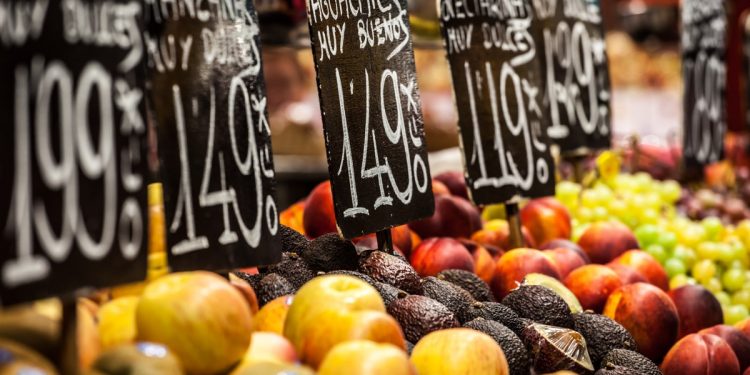
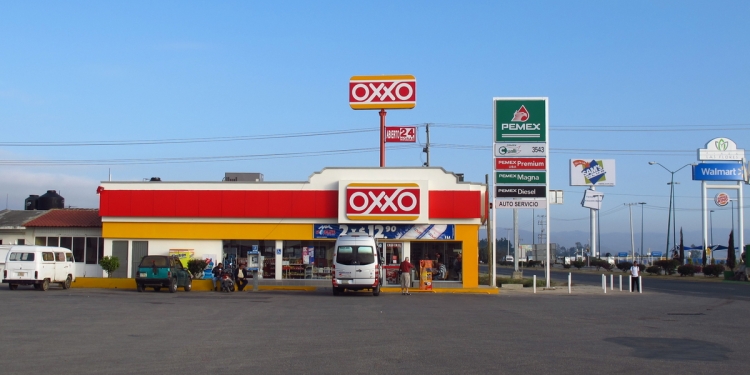
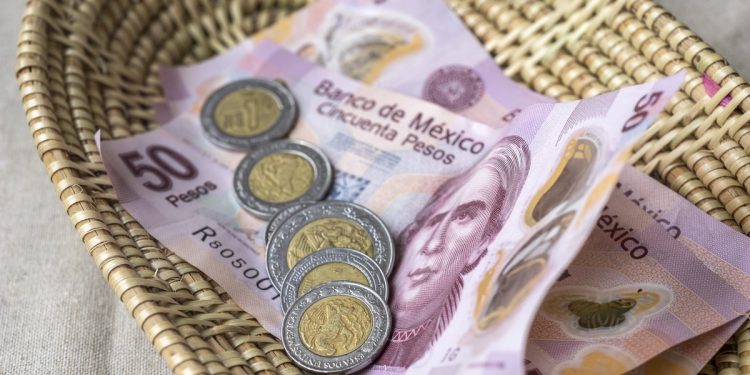
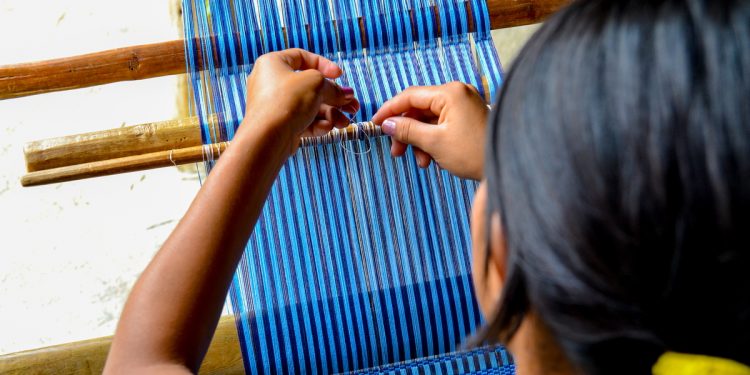
Just a side note really, I was once told by a Mexican girlfriend, that a man with well kept footwear received higher notice, respect and desirability from women. Not much of a well reasoned explanation followed but in general I did notice men with class and regard for their appearance (usually equating to the amount of disposable income they had) scored higher con las mujeres. It Does make sense. Once this lesson is relearned, I believe the popularity of wearing well shined leather will return and the boleadores could be safe for another generation.
One thing I have noticed through the years is that not only are the ‘boleadores’ mostly older men but so are the majority of their customers. I think with the popularity of tennis shoes many of the younger men simply do not wear leather shoes anymore. It’s another tradition that will probably fade away( except maybe in bus terminals and airports ) over the next decade or so.